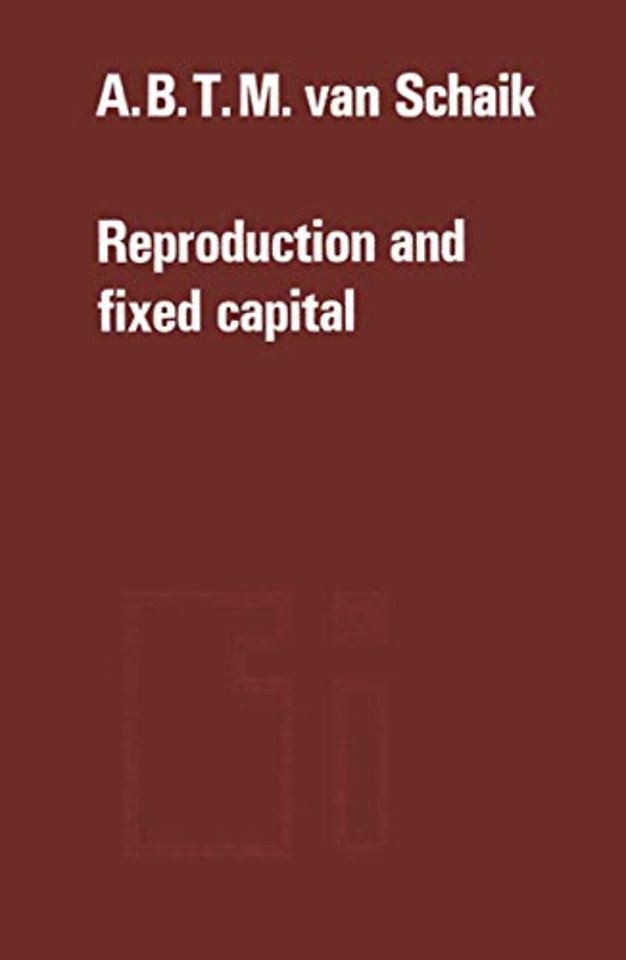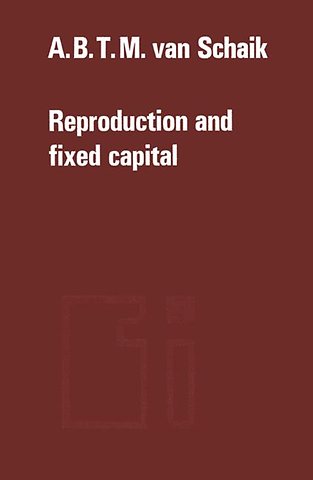Reproduction and fixed capital
Samenvatting
In the 'sixties, the reproduction model was often the subject of analysis and discussion in economic literat ure. Discussion was by criticism of the neo-classical concept of capital as well as by a renewed interest in the labour theory of value. Criticism of the use of a homogeneous concept of capital resulted in the re switching debate as it is called, where the positing of problems is limited, and the results are ultimately meagre. The renewed interest in the labour theory of value opened interesting perspectives, at least if one rejects the rather fruitless debate on Marx's transform ation problem, as it is called. The main question then is: are the prices determined objectively or do factors of demand also play an essential role? This book by Dr. van Schaik deals with this famous theme. The various models with single and joint reproduction are classified and analysed with great surveyability. The consistent distinction between quantity and price systems, the appropriate use of the matrix notation and the careful definition of concepts, guarantee the accessibility to a difficult matter. Models of Leontief, the Austrian School, Burmeister-Dobell and others appear as special cases of the more general Von Neumann-Sraffa structure. In view of the often fragmentary handling of jOint production in economic literature and of the concept of fixed capital which is linked to it, Dr. van Schaik's book fulfils a long-felt want.
Specificaties
Inhoudsopgave
Anderen die dit kochten, kochten ook
Net verschenen
Rubrieken
- aanbestedingsrecht
- aansprakelijkheids- en verzekeringsrecht
- accountancy
- algemeen juridisch
- arbeidsrecht
- bank- en effectenrecht
- bestuursrecht
- bouwrecht
- burgerlijk recht en procesrecht
- europees-internationaal recht
- fiscaal recht
- gezondheidsrecht
- insolventierecht
- intellectuele eigendom en ict-recht
- management
- mens en maatschappij
- milieu- en omgevingsrecht
- notarieel recht
- ondernemingsrecht
- pensioenrecht
- personen- en familierecht
- sociale zekerheidsrecht
- staatsrecht
- strafrecht en criminologie
- vastgoed- en huurrecht
- vreemdelingenrecht







